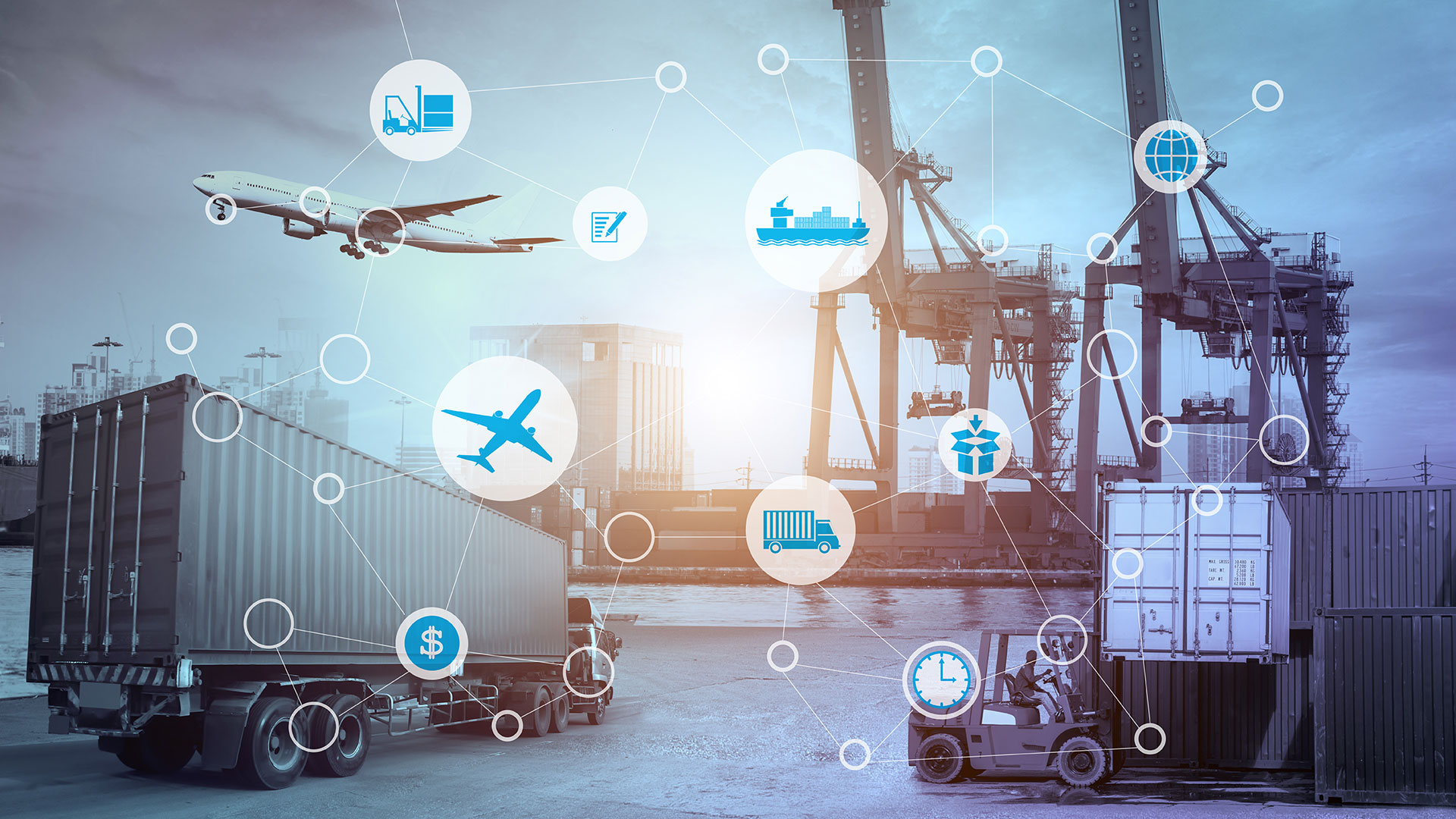
With many companies in growth mode, especially in emerging markets, the challenges that are being seen in the trade space are around efficiency and risk management. Is technology the great fix? A Citi Treasury and Trade Solutions trade finance round table considered the possibility.
The role of technology in trade, where paper has been the dominant form for so long, is starting to make headway. But it remains difficult to remove paper from the system. Banks are steering companies towards digitisation and automation. They are starting to deliver bespoke solutions that can bring trade finance and other functions together. This is enabling a more holistic approach; with extended visibility for corporates, new efficiencies and more effective means of tackling and mitigating risk, especially of the cyber variety.
The ideal
Being able to offer pre- and post-shipment finance, and bring various product suites (cash, FX et al) into alignment with working capital flows, is now a banking goal. They are seeking to deliver end-to-end digital experiences for multinationals. Ideally, within this environment, every subsidiary should be experiencing the solution through the same system, with the same on-boarding process for suppliers, and with the ability for management to create aggregated enterprise-wide reports on all trade transactions.
So far, at the cutting edge, technologies such as optical character recognition (OCR) and artificial intelligence (AI) are being developed by banks to digitise their core offerings and remove paper, notably in the open account space. Through a combination of OCR data and AI analysis, digitisation is intended to spot and correct anomalies and errors, paving the way for a more streamlined (and paper-free) exceptions-based processing approach to trade processing.
The drivers
With a variety of different trade eco-systems in evidence, each using different protocols and platforms, there is no ‘one-size-fits-all’ offering in the trade space. The inability of some proprietary bank platforms to interact with others exacerbates the situation. The development of bank solutions capable of interacting with this broad spectrum of technologies is therefore an essential first step. Thereafter, taking the paper-free and end-to-end corporate experience into the inventory and receivables spaces will enable the whole cash conversion cycle to be digitised.
On the paper-intensive documentary credit side (LoCs for example), a raft of regulatory demands imposed on banks has pushed up their operating costs. The need to create efficiencies is therefore driven as much by their need to maintain operating margins, as it is to deliver what clients want.
Trade barriers
There are impediments to digital adoption. Trade transactions often have multiple counterparties. A single ecosystem can include numerous suppliers and buyers, customs and port authorities, import and export banks, and several logistics organisations. The speed of processing is often dictated by the least sophisticated elements of these chains.
It is the case too that some jurisdictions are still not prepared on a legal level to accept digital documents. Furthermore, with paper trade documentation having been established over hundreds of years, not only is it embedded in the culture of most practitioners, paper processes also have well-established methods of problem resolution which people are reluctant to let go of.
If it is considered that even in the single market of the US, what works in one state may not work in another, companies are understandably not keen to have parallel systems running. This does not mean digitisation will not happen, it just means its arrival will be delayed.
Opening up the debate
Banks are in competition with fintechs when it comes to developing the right technologies, but the latter are arguably nimbler. Banks have the market and client access, Fintechs have the wherewithal to push the boundaries. Banks therefore either need to find and encourage the right people internally or work with fintechs to bring the tools to fruition.
On the corporate side, finance and treasury departments can easily see the potential efficiency gains that digital trade solutions deliver. But with nascent technologies such as blockchain, and concepts such as open banking on offer, they also need to feel comfortable that they work in the real world, under pressure and without introducing more risk as these are opened up to the wider trade ecosystem.
However, trade processing development has never been constrained by a lack technology; issues with speed or efficiency have always been about the lack of unification of the ecosystem at the hands of its participants. The real solution is not more technology but more cooperation.
In search of a standard
Individual stakeholders are engaging with the concerns of corporates, but they naturally focus on what is under their own control. Banks, for example, can only work on the digitisation of their own back offices and customer interfaces. The middle ground is therefore inhabited by other counterparties such as governments and their various authorities; this remains the final frontier.
The use of ‘paperless trade’ platforms such as Bolero or essDocs to digitally manage most or all trade documentation still has not created a global standard on supply chain protocols. Few, if any, corporates will use both, so the debate continues as to where the standard comes from. There is seemingly scope for industry-wide debate and cooperation between banks, authorities and trade organisations such as the ICC to try to define the core elements of trade and its documentary processes. Expecting all to fully agree is optimistic.
Whilst competing corporate priorities and budgetary constraints will probably slow progress, the likelihood is that a solution will evolve from one that works well in a particular sector. If this is rolled out to adjacent industries, it can be adapted accordingly to reveal tangible benefits for increasing numbers of users but based on a unified approach. The solution may well be out there right now.